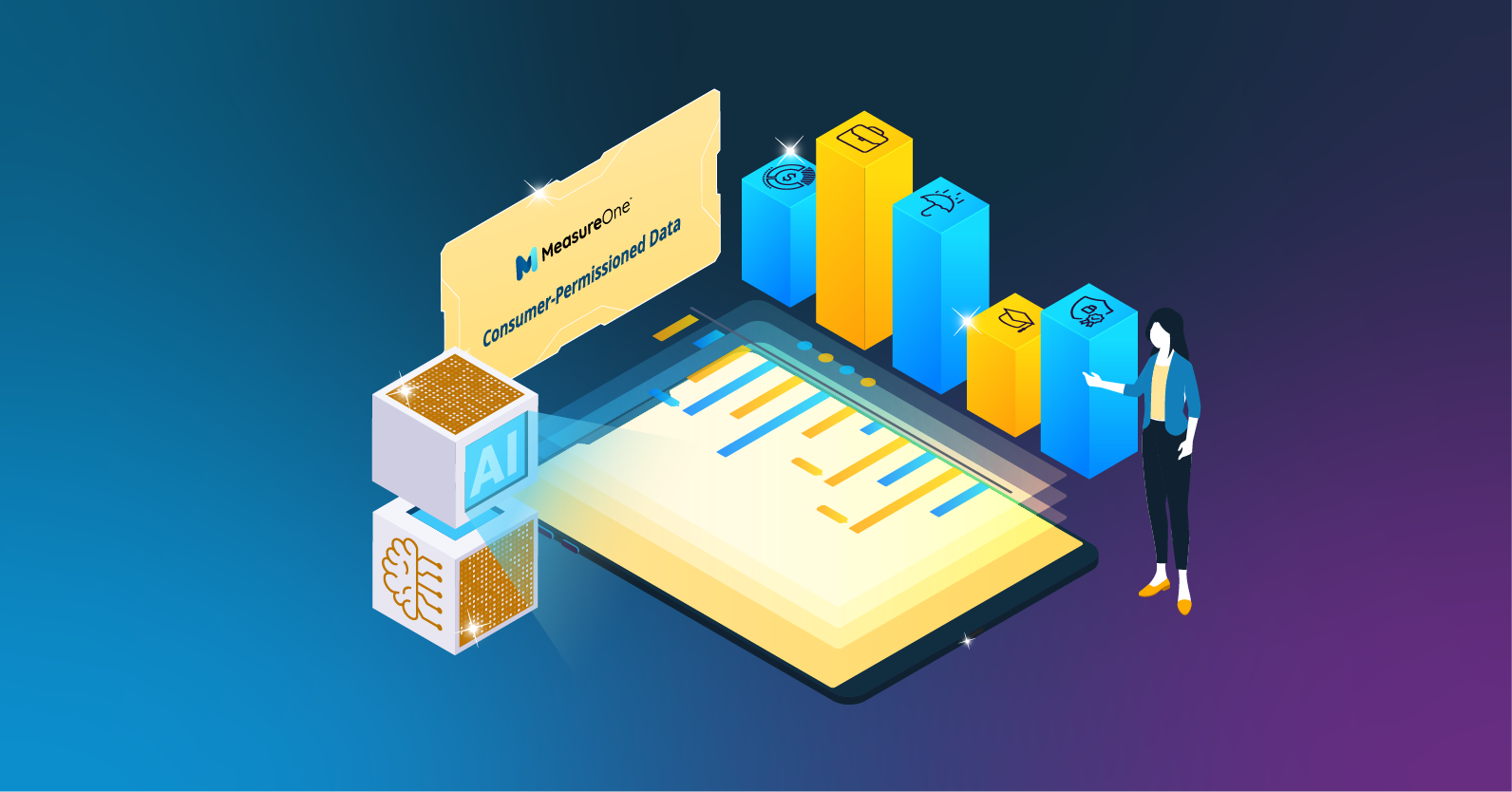Contents
- What is an API?
- What is MCP? How does MCP compare to traditional API integrations?
- MCP vs. APIs: How is MCP different from APIs?
- How APIs and MCP servers work together
- Future-proof your data workflows with MeasureOne’s APIs
For developers, APIs have been the foundation for integrating systems and automating data access. But as AI-driven workflows demand faster, smarter, and more flexible data exchange, the traditional API model is starting to show its limits.
That’s where a Model Context Protocol Server, or MCP Server, comes in. It’s the latest tech in dev automation, and it’s here to stay.
So what’s the difference between an MCP server and an API?
What is an API?
APIs, or Application Programming Interfaces, are the standard tools that allow different software systems to communicate with one another. They define a set of rules for how data can be requested, sent, and received — effectively serving as the digital handshake that connects applications, databases, and platforms.
For decades, APIs have been the foundation of digital infrastructure, enabling everything from payment processing and social media integrations to enterprise data exchange. They offer predictability and structure, which makes them ideal for repeatable workflows and stable integrations.
However, APIs are explicitly programmed — they require defined endpoints, developer setup, and specific instructions for each type of data exchange. While this makes them reliable, it can also make them rigid. As organizations adopt AI and need faster, more dynamic ways to interact with information, traditional APIs can become a limiting factor.
API terms to know
- Webhook: A webhook is a way for APIs to push data to another system in real time, rather than waiting for the receiving system to request it. Webhooks are often used for notifications or event-driven workflows.
- API key: To ensure security and control over who can access these systems, most APIs require API keys, which are unique identifiers that authenticate requests between systems. API keys act as digital credentials, allowing organizations to track usage, prevent unauthorized access, and protect sensitive data.
- API endpoint: APIs rely on endpoints, which are specific URLs or paths that define where particular data or functionality can be accessed. Each endpoint corresponds to a discrete action, such as retrieving a user profile, submitting a payment, or verifying a document. Endpoints give structure and predictability to API interactions, ensuring that requests are properly routed and responses are consistent.
What is MCP? How does MCP compare to traditional API integrations?
The Model Context Protocol (MCP) introduces a new layer of data access designed for the AI-first era. Unlike APIs, which are built for communication between static systems, MCP servers are built for communication between AI agents and data sources.
An MCP server acts as a dynamic gateway that allows AI models to query and interact with real-world data directly — not through fixed endpoints, but through contextual requests. Instead of being told exactly what to fetch, AI systems can ask for data based on intent. For example, a developer can request: “Get this customer’s verified insurance details,” and the MCP server can interpret and fulfill that request using the appropriate data sources.
This shift represents a move from static integration to adaptive interaction. MCP servers are designed to make AI workflows more autonomous, flexible, and responsive — unlocking the potential for true agentic AI, where systems can reason, act, and retrieve information intelligently.
MCP terms to know
- Intent: The purpose or goal behind a query made by an AI agent. Instead of calling a fixed endpoint, an AI can express its intent (e.g., “verify a customer’s insurance coverage”) and let the MCP server figure out which data source and workflow to use.
- Agentic AI: Autonomous AI systems capable of reasoning, decision-making, and executing tasks. MCP servers are designed to provide these AI agents with real-time, verified data, enabling them to act with accuracy and confidence.
- Data orchestration: The process of dynamically selecting, combining, and formatting data from multiple sources to satisfy a request. MCP servers automate this, eliminating the need for developers to pre-program each possible combination.
MCP vs. APIs: How is MCP different from APIs?
.png)
How APIs and MCP servers work together
MCP servers do represent a paradigm shift in tech development, but they don’t replace APIs; instead, they build on them.
APIs still provide the secure, structured pathways that connect systems to the data they need. MCP servers act as an orchestration layer that helps AI agents understand which APIs to call, how to interpret the results, and how to connect those data points to a broader workflow.
In other words, APIs remain the foundation of data access, while MCP servers become the interpreter and coordinator that make this access AI-ready. Together, they create a powerful ecosystem where AI systems can interact with verified, real-world data safely and intelligently, without the need for constant human or developer intervention.
The result is a more connected, adaptive, and autonomous data environment, one that is built not just for software, but for the next generation of intelligent systems.
Future-proof your data workflows with MeasureOne’s APIs
As AI continues to redefine how businesses access, process, and act on data, the combination of APIs and intelligent MCP connectivity will become essential to staying competitive. The good news? MeasureOne is already built for this future.
With a comprehensive suite of APIs spanning insurance, income, employment, tax, education, and other credentialed consumer data sources, MeasureOne has long been at the forefront of verified data automation.
APIs and their relationship with MCP is the next step in MeasureOne’s mission to simplify and automate consumer data verification, and to ensure that, in the age of AI, your systems are built on verified reality, not assumptions.
Ready to learn more?

